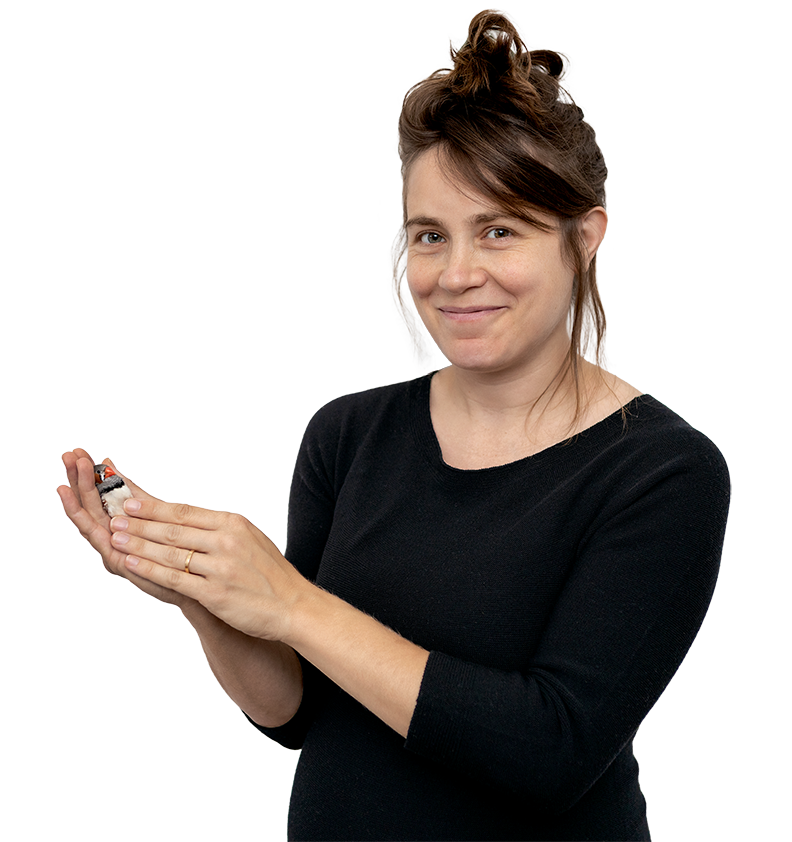From the Interim Provost
Atam P. Dhawan
Interim Provost and Senior Executive Vice President
Senior Vice Provost for Research
Distinguished Professor of Electrical and Computer Engineering
Building Resilience
Scientific Innovation for a Sustainable, Equitable Future
Learn MoreConstruction Engineering
Lab-Simulated Earthquakes - Test the Mettle of ‘High-Performance’ Building Materials
Learn MoreSustainable Design
Mapping an Ancient Solution to a Modern Crisis
Learn MoreEnvironmental Chemistry
The Rise of a Climate-Triggered Neurotoxin in the Arctic Tundra
Learn MoreNJIT in the World
Alumni Q&A
Learn MoreWater Remediation
Harvesting the Toxic Blooms of Summer
Learn MoreDiversity in Science
Shark Science
Learn MoreUndergraduate Research
From City Streets to Waterways, Undergraduates Use Data for Change
Learn MoreDefusing Disaster
Defusing Disaster
Learn MoreESSAY - Novel Building Materials
Converting Yesterday’s Rubble into Tomorrow’s Cities
Learn MorePower Electronics
Working the Wind
Learn MoreLanguage Development
Singing Lessons
Learn MoreApplied Optics
Tracking a Deadly Rise, Historic Fall of Insect Populations
Learn MoreEconomics of Recycling
New Futures for Old Plastics
Learn MoreCommunity-Engaged Architecture
Tiny Home Designs Offer Big Community
Learn MoreNew Faculty
New Faculty
Learn MoreFaculty Accomplishments
Faculty Accomplishments
Learn MoreResearch at NJIT: By the Numbers
Research at NJIT: By the Numbers
Learn MoreView and Download PDF
View or download the complete PDF.
In the highly social world of the zebra finch, every male has a unique song: a brief motif resembling the squeak of a mechanical toy that he chirps, often in rapid succession, in courtship and communal gatherings. These songs are not innate. Pubescent finches develop their signature sound by listening to adult male birdsong which they then individualize with subtle variations in frequency, tonality and rhythm.
In Julia Hyland Bruno’s research, fathers have been replaced by virtual tutors in laboratory-based studies designed to examine the birds’ vocal development under controlled conditions. In one type of experiment, the young finches have a device in their cage with a red button that, when pressed with their beaks, releases the pre-recorded song of a mature adult. They are given the freedom to activate it whenever they like; some tap over and over, while others pause
more frequently.
“There is such variability in these self-lessons: when and how often the birds listen and whether they vocalize with the recordings. How often they play the song gives us an indicator of how motivated they are to learn,” says Hyland Bruno, an assistant professor of humanities and social sciences who studies communication development in animals. She adds that marked fluctuations in demand for song playbacks — quiet periods and sudden bursts of activity — coincided with vocal changes, such as the emergence of new song syllables.
Hyland Bruno is interested in the roles that self-teaching and social interaction play in language development across species, particularly as digital devices encroach on spoken and nonverbal exchanges and attention more generally.
“Digital technologies are rapidly altering the ways we relate to one another across both space and time, from the reach and topology of our social networks to the rhythms of our social interactions,” she says. “We know social interactions are important to early language development, and I’m interested in what it’s like to grow up and learn how to communicate in such an environment.”
For zebra finches, birdsong is part of a dynamic communication system which also includes innate vocalizations that birds of both sexes use to maintain contact with each other, coordinate parental care and express aggression. Male song is not territorial and song “lessons” require interactions between pupil and tutor, unlike certain other species where birds pick up their songs simply by listening to adults around them.
To better observe these interactions, she’s developing a model system, initially focused on birds, to study the effects of vocal interactivity. In the next phase of her studies, she’s building a virtual bird that will initiate songs and also respond to the young bird. It will allow her to observe the impact of varied response scenarios: adults that sing proactively, reply quickly, pause at length before answering or don’t respond at all.
“In this controlled environment, where we mimic the natural system, but also perturb it, we can study what happens when we alter the learning environment, by introducing, for example, the extremes of high interactivity and non-responsiveness,” she explains. “We know that isolated birds with no tutors develop a song, but it is atypical and generally not accepted by other birds. But we don’t know how early social interactions might affect birds’ ability to communicate as adults.”
Young birds begin to babble when they leave the nest, but it takes months for the song to achieve a repeatable structure. Their song crystallizes at sexual maturity, with no further changes thought to occur. However, Hyland Bruno and her colleagues have observed subtle vocal changes beyond this “sensitive period” for vocal learning, including added ornamentation and changes in rhythm, that seem to depend on different social contexts. Indeed, adults familiar with each other may align the pitch and tone of their songs in the way people adapt to others’ speech, immediately repeating catchy words and adjusting their intonation,
volume and phrasing.
She intends to study the interactions of the laboratory-trained birds as adults to try to understand the downstream effects of their early development under varying conditions.
Hyland Bruno says she is also interested in the ways in which language development relies on elemental, nonverbal cues, such as tone of voice, rhythm and responsiveness, and how technology may be disrupting these patterns.
Technology, including screen time, is changing the dynamics of our interactions in significant ways, she notes. Digital devices are causing more distraction, for example, as parents spend more time on them and less time paying attention to developing infants and, while immersed in devices, may respond to them more slowly or less fully.
“Bird studies are useful,” Hyland Bruno says, “because they allow us to process how communication develops in individuals and how patterns are transmitted across generations. We can alter learning conditions in ways that would be unethical in humans.”

Julia Hyland Bruno studies the development of language and communication in birds and other animals. Shown: She holds a finch retired from experiments.

Infusing Equity into Community Disaster Planning
The people who are hardest hit by natural disasters are often the least involved in their community’s emergency planning and response. To harness their ideas, Yao Sun,
an assistant professor of humanities and social sciences, is developing technology-based methods to pull them into the discussion.
“We know everybody knows something. But now we have to make sure that knowledge is expressed and then make it transferable — from one brain to another,” Sun says.
One method under development is an open forum on the internet that integrates AI moderators and chatbots into crowdsourcing platforms to help stakeholders share ideas and information about vulnerability, risk and strategy. Sun is recruiting participants from a cross-section of the community in Tampa, Fla. — representatives from local government, NGOs, utilities and residents, particularly from minority groups —to test it out.
She’s also designing a role-play session in which the stakeholders will take each other’s positions in a face-to-face discussion about a hypothetical hurricane.
“It’s really important for people to understand each other’s perspectives,” Sun explains. “Through these interactions, we want to give people a sense of belonging to the community and the assurance that their voices are heard and can make a difference.”
She is using immersive VR technology to help people visualize the way that drainage, transportation, electricity and communication systems can work together to support sustainable communities and to demonstrate how they can play a part. For example, the design will show how individuals‘ energy-saving behaviors can contribute to reducing carbon emissions and strengthening preparedness for future hazards, she notes.
The researchers, including collaborators at the University of South Florida and the University of New Hampshire, will record the VR participants’ behavioral responses and incorporate them into suggestions for making storm strategies and policies more people-friendly, inclusive and effective.
“Those who experience huge losses are often from economically vulnerable groups. They have a lot to say about the resources they need to recover. But unless we can engage them and improve their status, then I won’t say that technological advancement is 100 percent successful,”
says Sun.
